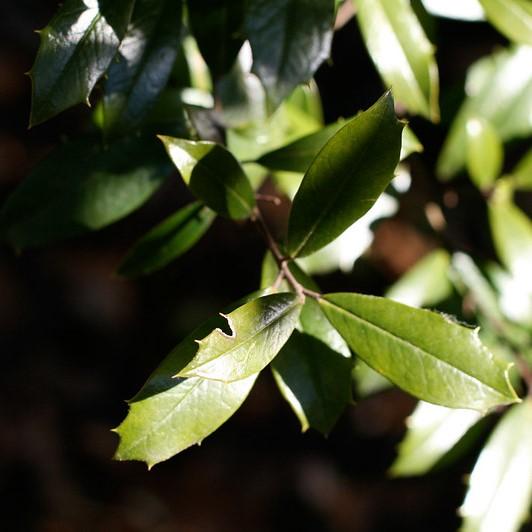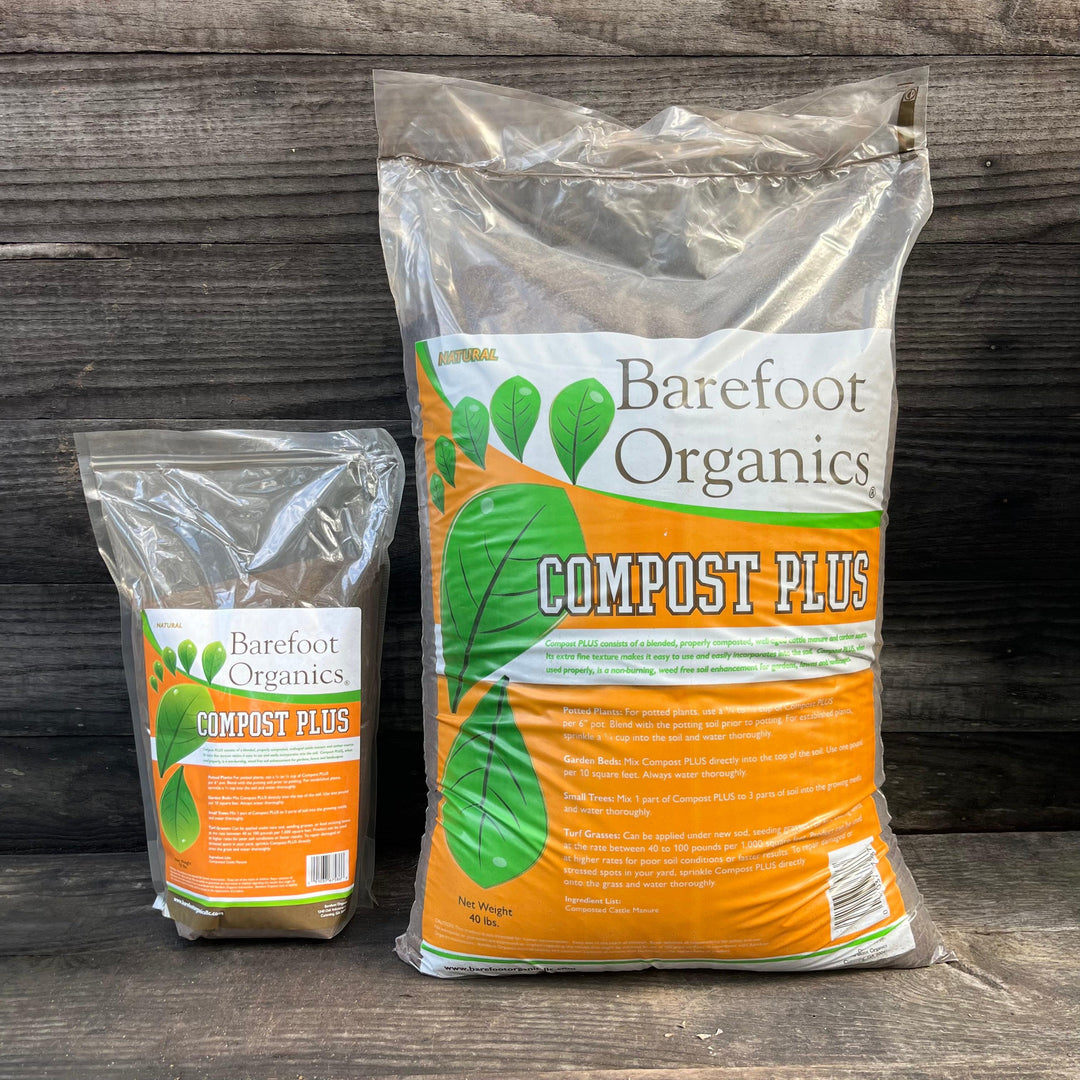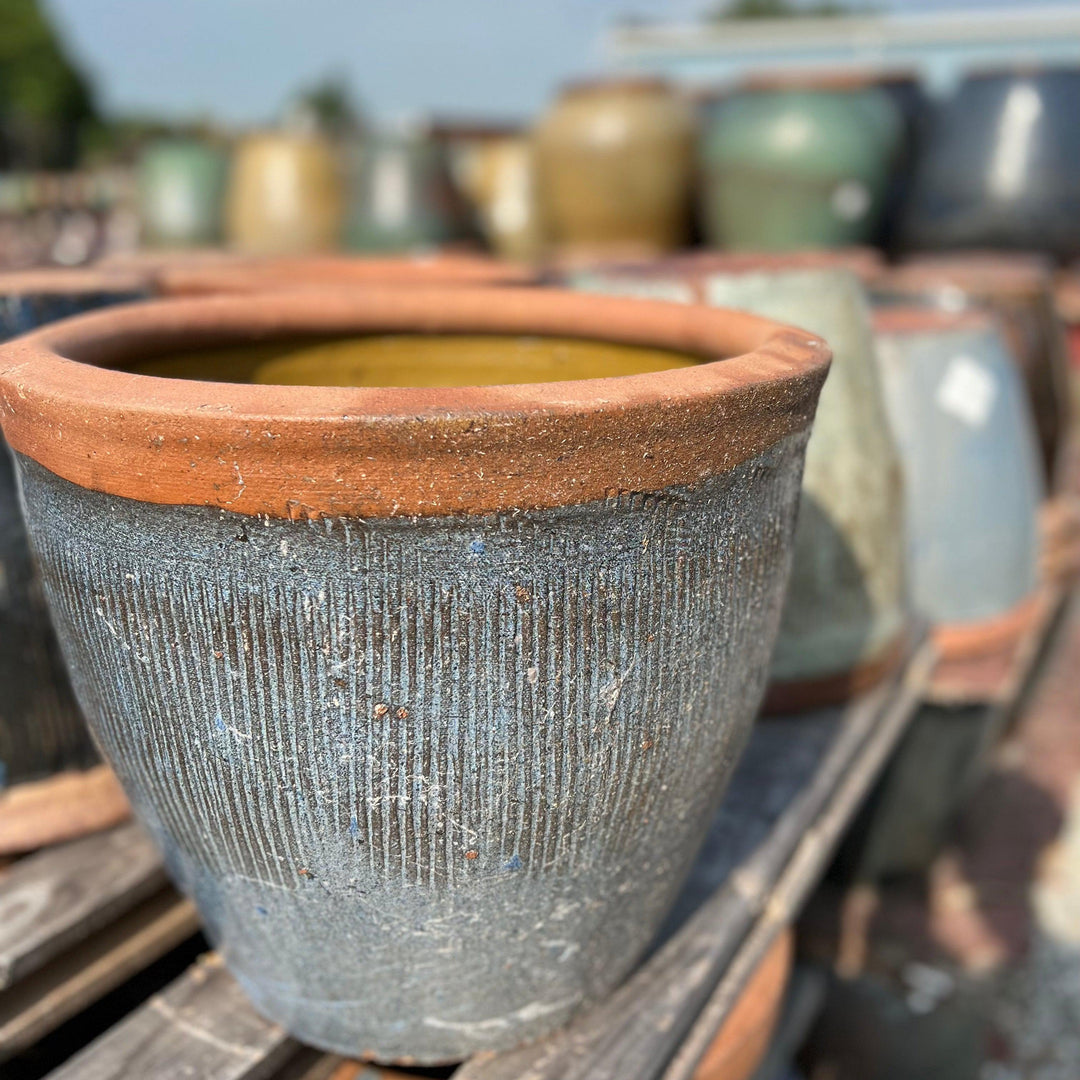The Foster Holly typically grows in a pyramidal shape and can reach a height of 15 to 25 feet (4.5 to 7.5 meters) with a spread of 10 to 15 feet (3 to 4.5 meters). It has glossy, dark green leaves with serrated edges, giving it a classic holly look. Female plants produce bright red berries in the winter, which add a festive touch to the landscape.
One of the notable characteristics of the Foster Holly is its adaptability to different soil types, including clay, loam, and sandy soils. It also tolerates a range of light conditions, from full sun to partial shade. This makes it a versatile choice for various landscaping applications.
The Foster Holly is often used as a specimen tree, in hedges, or as a privacy screen. It is known for its tolerance to urban conditions, including pollution and salt spray, making it suitable for both residential and commercial landscapes.
|
Type: |
|
|
Origins: |
Natural Hybrid; GA Native |
|
Height: |
20' - 30' |
|
Spread: |
10’ - 20' |
|
Spacing: |
15’ |
|
USDA Hardiness Zone: |
6 - 9 |
|
Culture: |
|
|
Bloom Color: |
White |
|
Season of Interest: |
MAINTENANCE NEEDS: Low Maintenance. Water regularly. Well-drained soils essential. Potential issues include mites, scale, leaf spot, rot, and mildew. Susceptible to leaf scorch or drop if not protected from afternoon sun in hotter climates.
LANDSCAPE USES: Accents or Group Plantings, Borders, Woodland Gardens, Privacy Screen, Hedges, Foundation Plantings, and Containers.
COMPANION PLANTS: Azalea, Hydrangea, Peony
IMAGE: By John Paul Endicott ; Ilex attenuata Fosteri 2
*As plants have ranges in appearance they may not appear as the images shown.


















































